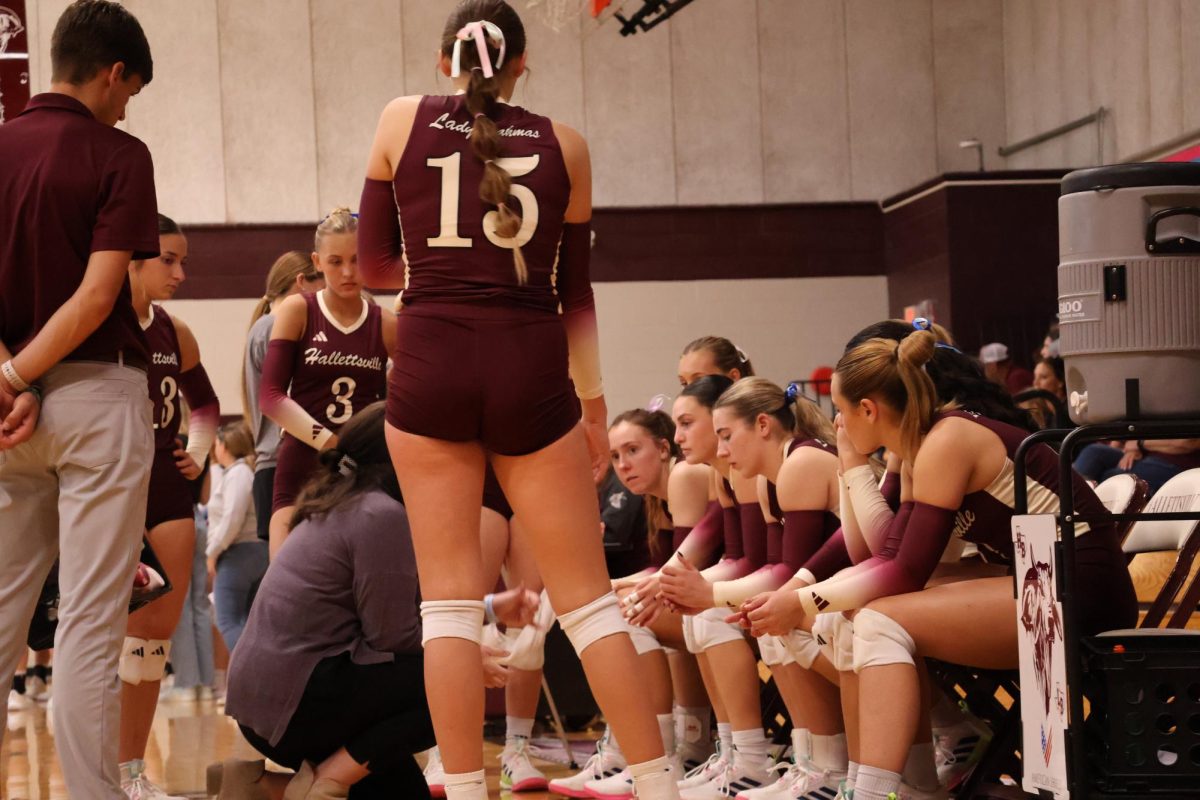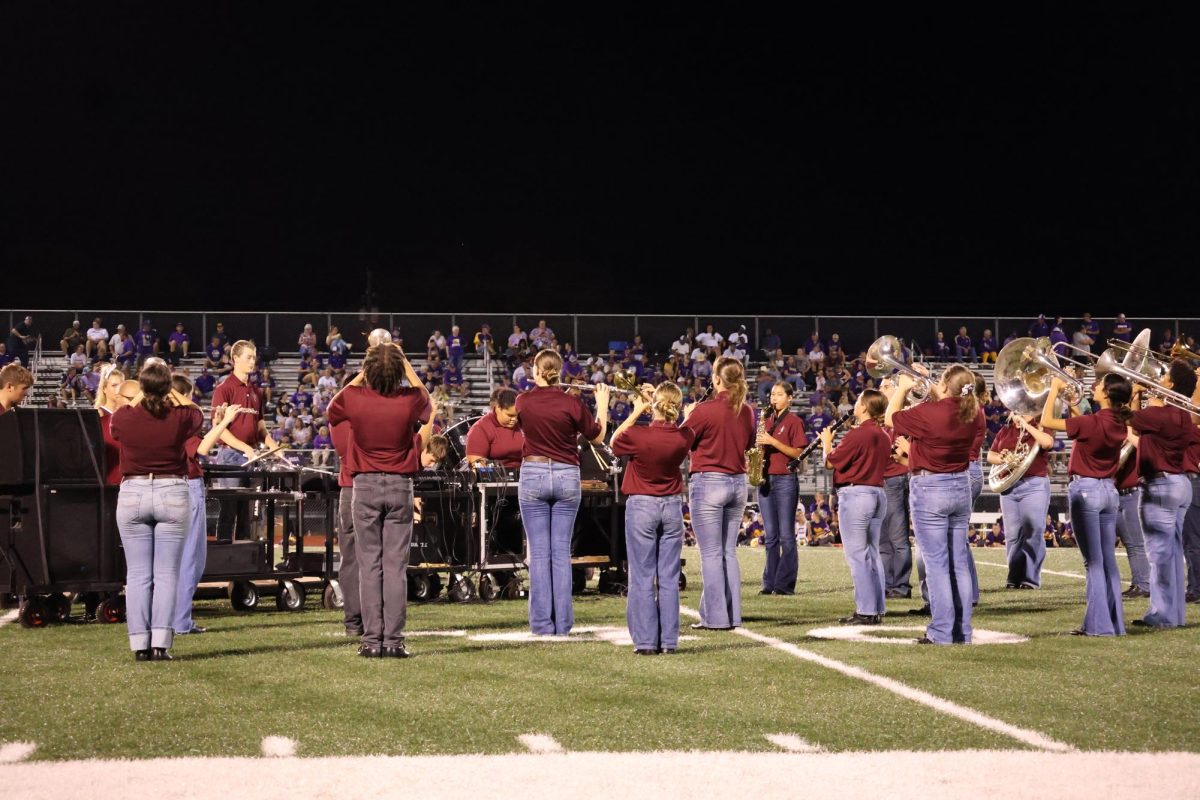Homecoming is a well-known tradition, celebrated in American High schools and colleges. To many, this is just a fun celebration; a week of dress-up days, a football game, a dance, and of course, the voting for Homecoming court. Homecoming’s origins aren’t as well known, although they are just as important to this celebration as everything else, turning this week of fun into what it is today.
Homecoming was alleged to have started in many different universities, Baylor, Illinois, and Missouri, claiming to be the first, each one having its own Homecoming celebration around 1910. It seems thought that Missouri seems to take the cake for the true first Homecoming.
The University of Missouri’s Homecoming celebrations started in 1911, when the Missouri Tigers and Kansas Jayhawks game- a long-standing rivalry- was moved from Kansas City to the Mizzou campus. Worried that alumni wouldn’t come to the game after the location change the athletic director, Chester Brewster, decided to invite everyone to “come home” for the game.
The event in Missouri included a parade and spirit rally with a bonfire.
The event became a huge success, with nearly 10,000 alumni coming to partake in the celebration. After seeing the results in Missouri, the tradition started to grow in popularity. Around the 1920s, the tradition took off and more activities were added to the event, such as a dance, Homecoming courts, dress-up days and more becoming a part of the festivities.
Arguably the most popular of these traditions would be Homecoming court. Every year, students select a collection of students to represent their school. Originating in the 30s, seniors were the only ones on the court, mainly based on looks, different from today, where many students from different grades can make the court and are selected based off of popularity.
Another popular tradition is the dance. The Homecoming dance is meant to bring students, teachers and other alumni closer together through music, fun themes and act as a continuation of the Homecoming festivities in an exciting environment. Many people come to the dance in their best outfit, bringing with them someone special, whether that be a friend or significant other.
In addition to dances and courts, a common tradition in many schools is dress up days or a spirit week. Spirit weeks take place the week of Homecoming to unite students and add a bit of fun to everyday life. Each day of the week has a different theme that students can follow to dress up, allowing for a fun, festive week.
Some traditions aren’t as wide spread as others. For example, the tradition of making mums and garters to be exchanged between couples is strictly a Texas tradition.
Despite their popularity in Texas, though, mums didn’t originate here. The first mum was made in Missouri, before gaining popularity in the 1930s, mainly in southern states. Mums started as a token of affection between people, using real chrysanthemums instead of the artificial ones we use today.
Each mum and garter is specialized for each person. Although most are made of an assortment of ribbons, fabric, and feathers, all are centered around an artificial flower. Most mums are decorated with trinkets, such as bells, teddy bears, plastic megaphones, footballs and other symbols showing the person’s extracurricular activities and hobbies. Mums often have students’ names and graduation years added on. Many of these Homecoming accessories also have the names of the people that wear them or pictures of the person’s significant other or the person they are attending Homecoming with.
Homecoming started as a plan to reunite alumni members for a football game and has now blossomed into an elaborate celebration filled with school spirit, fun costumes, gigantic flowers and lively dances- all thanks to a small location change for an intense football game 113 years ago.























